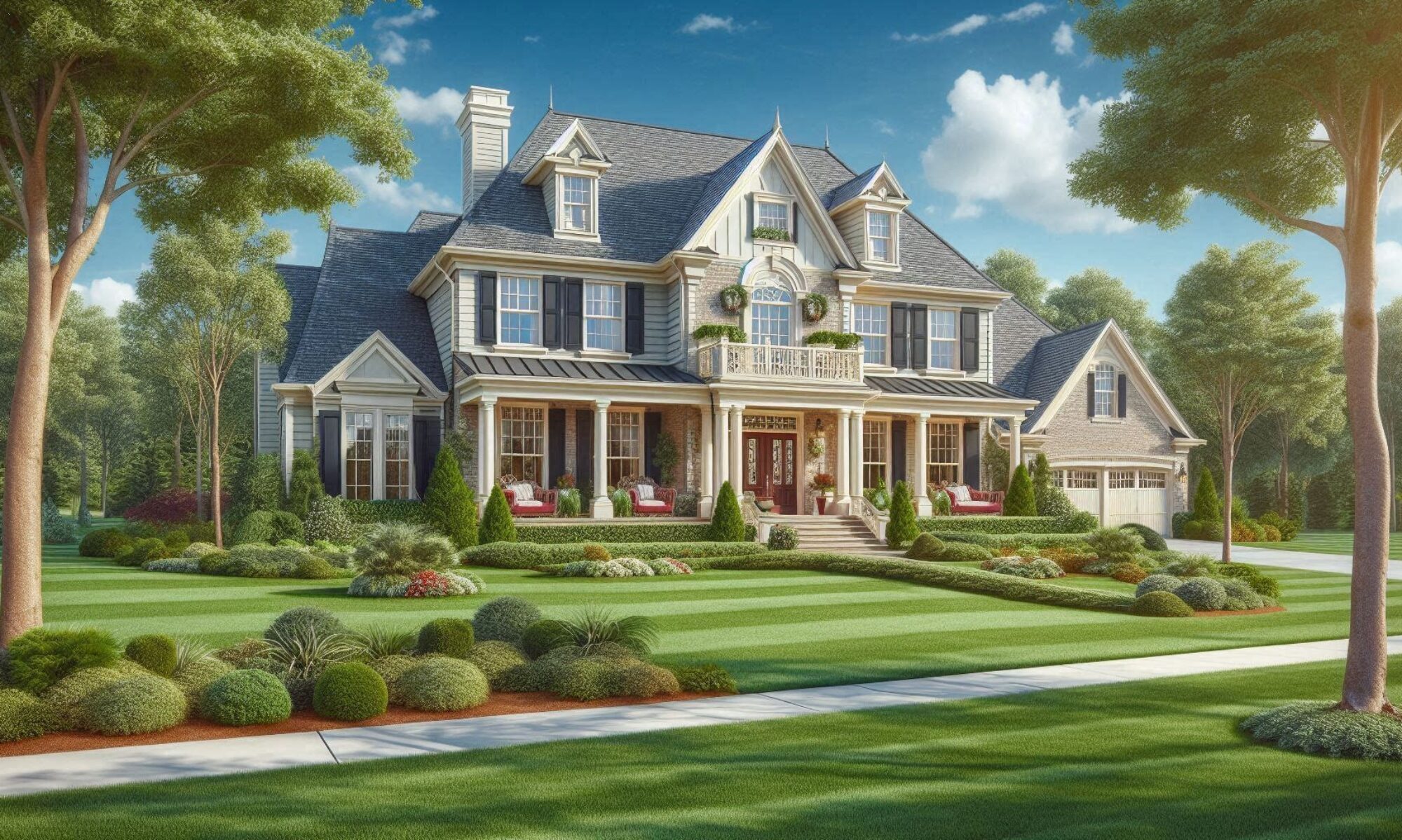Home staging is the process of preparing your home for sale by making it look attractive and appealing to potential buyers. It can help you sell your home faster and for a higher price. But home staging is not just about adding some nice furniture and accessories. It also involves cleaning and maintaining your home to make it look fresh and inviting. Here are some tips on how to clean and maintain your home during home staging.
Clean the Clutter
One of the most important steps in home staging is to declutter your home. Clutter can make your home look smaller, messier, and less appealing to buyers. It can also distract them from the features and benefits of your home. So, before you start staging your home, get rid of anything that you don’t need, use, or love. Donate, sell, or throw away items that are taking up space and creating visual noise. You can also pack away personal items, such as photos, collections, and memorabilia, to make your home look more neutral and spacious.
Deep Clean Your Home
After you declutter your home, it’s time to deep clean it. A clean home can make a great impression on buyers and show them that you care about your property. It can also eliminate any unpleasant odors, stains, or dirt that might turn off buyers. So, make sure to clean every inch of your home, from the floors to the ceilings, and from the inside to the outside. Pay special attention to the areas that buyers will notice the most, such as the kitchen, the bathrooms, the windows, and the entryway. You can also hire a professional cleaning service to do the job for you if you don’t have the time or energy.
Maintain Your Home
Once you clean your home, you need to maintain it throughout the home staging process. This means keeping your home tidy and organized every day, especially before showings and open houses. You never know when a buyer might drop by, so you want to make sure your home is always ready to impress. Here are some things you can do to maintain your home during home staging:
- Make your bed every morning and fluff the pillows.
- Wipe down the countertops and appliances in the kitchen and the bathrooms.
- Sweep, vacuum, or mop the floors as needed.
- Dust the furniture and the surfaces.
- Empty the trash cans and the recycling bins.
- Water the plants and remove any dead leaves or flowers.
- Straighten the curtains and the blinds.
- Put away any dishes, clothes, toys, or other items that are out of place.
- Light some candles or use an air freshener to create a pleasant aroma.
Conclusion
Home staging can be a lot of work, but it can also pay off in the end. By cleaning and maintaining your home during home staging, you can make your home look more attractive and appealing to buyers. You can also increase your chances of selling your home faster and for a higher price. So, follow these tips and get ready to wow your buyers with your sparkling clean and well-maintained home.

